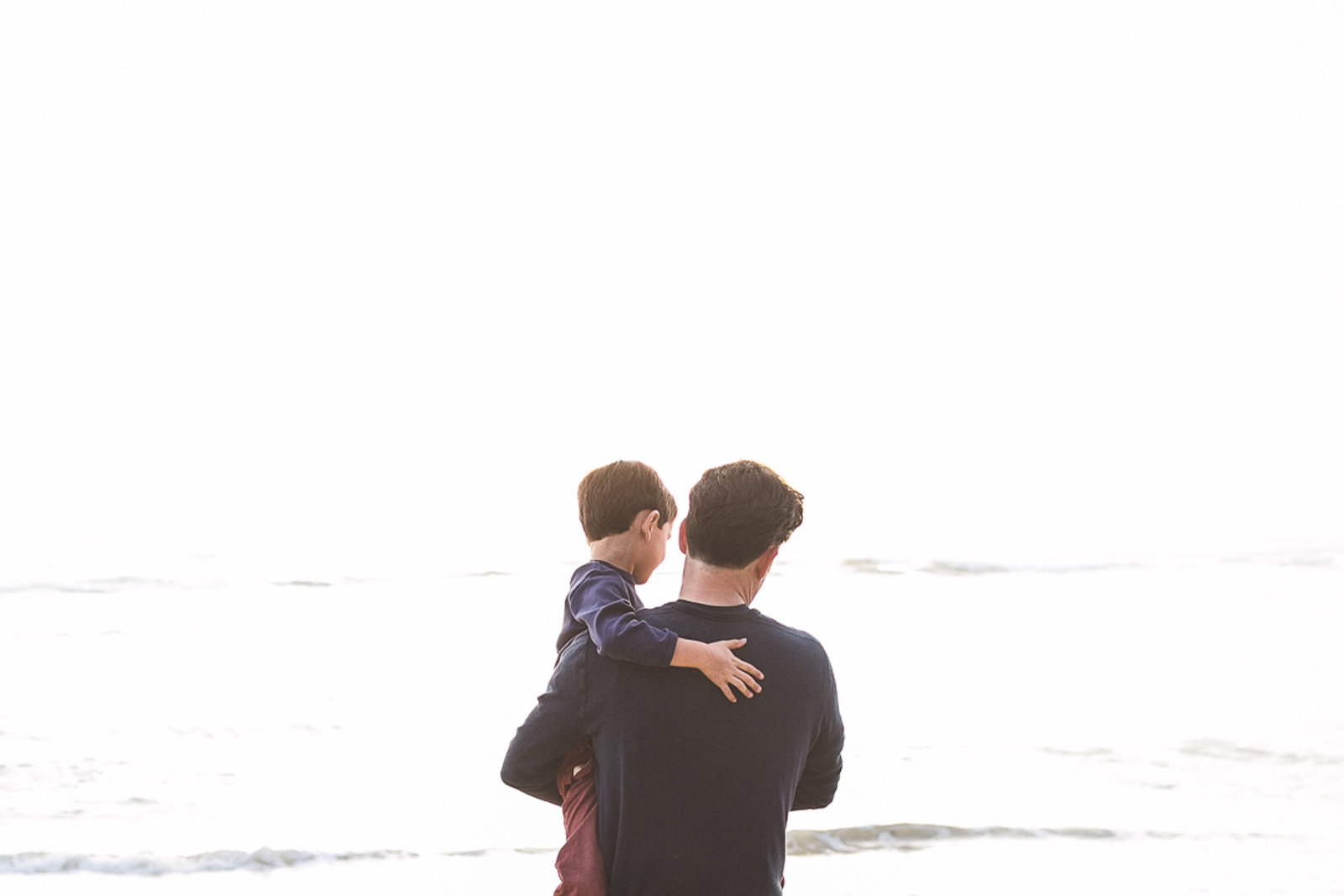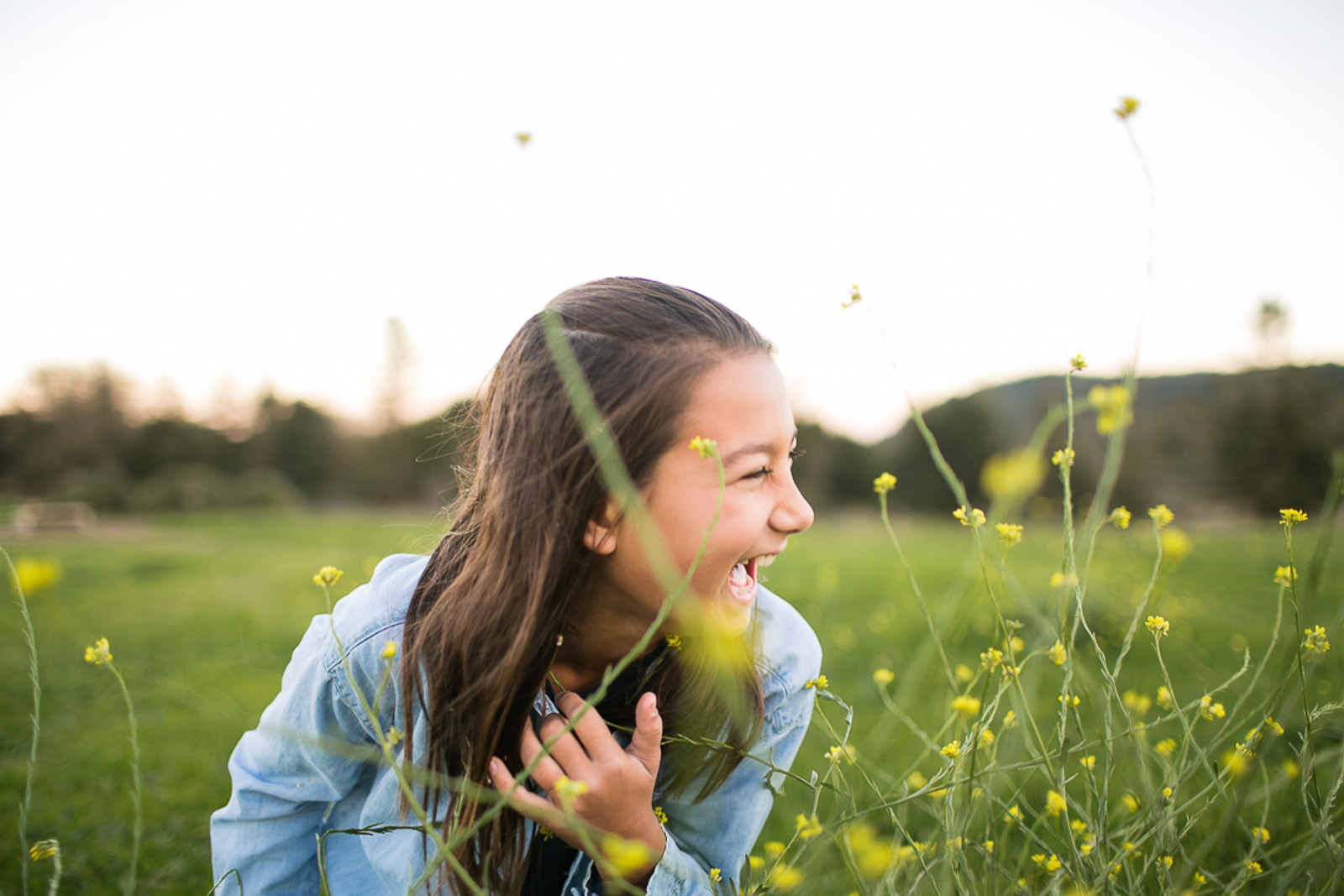I love a simple beautiful portrait.
An uncomplicated frame where the subject’s gaze draws you in.
Most likely one of the first images you may have ever taken was a portrait. The dictionary states, “portraiture is photography of a person or group of people that captures the personality of a subject.”
There are many types of portraits to explore. The more time you spend with your subject you are able to draw out different emotions. What I have found to be helpful when photographing my own boys or clients is to try and approach three different portraits within the time we spend together.
1. A standard posed portrait
In a standard portrait, my subject is completely aware of the camera. I am intentionally including pretty light, environment and eye contact.
We have nice eye contact, sweet smiles and a comfortably composed frame in the images below. These are the images that we want to document how our children grow and change.
I do get a sense of their personalities from the images, but all three of the images above were taken within the first 20 minutes of our time spent together. I always start out with portraits of the kids first, asking them a few questions about school and their likes and dislikes – gaining their trust in me and assuring them that this is going to be fun. I promise! Portraits like these are taken with my Canon 70-200L at f/3.5.



Elements you may want to capture in a portrait:
- pretty light
- environment
- framing
- eye contact
- emotion
- who they are
2. An anonymous / environmental portrait
In this scenario, my subject may not be aware of the camera. I am not asking for eye contact, and intentionally looking for details and the relationship between the environment and the subject.
With portraits like these, I am taking a step back and really observing my subjects and the environment. Sometimes I am struck by the light first – but always looking for a connection within the frame.

What I love about these types of portraits is the storytelling between the subjects and the elements around them. As the viewer you are exploring the light, colors, shapes – and then there just happens to be the subject in the frame too. The primary focus is the subject, but you also want to take in everything else in the frame.


3. A creative portrait
With a strong direct gaze to the viewer, my creative portraits are usually shot at a wide aperture, drawing all attention to the subject only.
The creative portrait, usually taken towards the end of our time together, has produced the purest in the subject opening up to me and showing who they are. They have strong eye contact with me, but I feel differently with these images than I do compared to the posed portraits that are taken at the beginning of our time. This is most likely due to the fact they are now comfortable with me, the camera and are just more relaxed with the situation.


My goal is to always have the subject feel comfortable and relaxed but I can see a significant difference in not only the expressions, but the softness in their eyes. This is how I see my own children. Not always big smiles on their faces – most of the time an impish grin, or looking up to me with questions or for guidance.
The more I explored taking these types of portraits the more I found myself drawn to them. The kids in these images have something to tell you, and I want to hear what they have to say! I always use my Canon 35L for shots like this and shoot at f/1.8.
Creative elements and details you may want to include in a portrait may be:
- foreground
- background
- texture
- movement
- light
If it’s windy out, let the hair blow around and in front of their faces. Find something to shoot through for depth. Ask your kids to get involved in the process.
This is a time where you can explain what you are trying to create. Believe it or not, kids think this is pretty cool and will want to help. Even if the shot doesn’t turn out, you may capture something even better as you both laugh about it.


Tips to engage, have fun and capture their true self.
- Ask lots of questions, let them know it’s okay to answer and talk back to you.
- Practice breathing in through the nose and out through the mouth.
- Shake it off! Get the sillies out, wiggle your hips and roll back your shoulders.
These are all little tricks that I ask my subjects to do. They not only help get them to relax, but I also get a sense of their personality or what kind of day they are having. Sometimes just asking them to be silly and wiggle their bodies gives me that genuine smile I’m looking for.
Asking questions, and telling them to answer back will instantly get them to relax. They feel like a camera is pointed at them, so they better look and smile. But I’m looking for more than that!
If you find it difficult to get a toddler to look directly into the camera, ask them if they can see you through the lens. Ask them to watch when you wink at them, or maybe the color of your eyes might change.
I also like to tell them that if they stay still and look right at me, that I will show them the back of the camera and they will see me in their eyes. Focusing on the eyes, you should be able to capture a mirror image of you behind the camera in their eyes. They think this is a super cool trick!

Including or excluding elements within the frame can change the way you feel when looking at a portrait. Aperture choice, lens choice and subject placement are also factors to consider. It’s fun to explore and try new things.
Push beyond what you already know, you may discover your new favorite!
The post The 3 types of portraits you need to take and how to take them appeared first on Clickin Moms.







